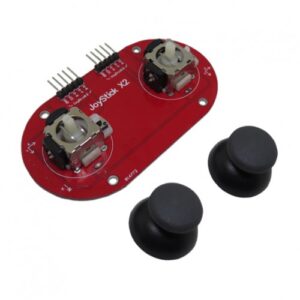
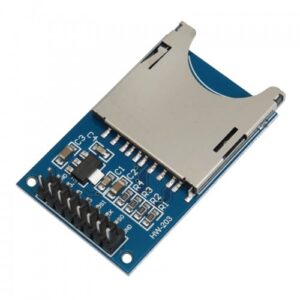
ماژول کارتخوان میکرو SD ( میکرو اس دی ) Micro-SD-TF
39,000 تومانعدد
ماژول کارتخوان کارت های حافظه میکرو SD با پشتیبانی از ارتباط سریال SPI و ولتاژ کاری 4.5 تا 5.5 ولت
2 در انبار
معرفی:
این ماژول در واقع یک راه انداز کارت های حافظه میکرو SD می باشد، که از طریق فایل های سیستمی و رابط SPI می توان اطلاعات را از روی MicroSD کارت خواند و یا نوشت.
استفاده از این ماژول برای کاربران آردوینو بسیار ساده است و کتابخانه آن از طریق IDE آردوینو قابل نصب است.
این ماژول میتواند از کارت های حافظه میکرو SD و کارت های حافظه پرسرعت SDHC بدون نیاز به خشاب پشتیبانی کند.
این ماژول دارای شش پایه خروجی بنام های GND, VCC, MISO, MOSI, SCK, CS می باشد که پایه های MISO, MOSI, SCK برای پورت SPI و پایه CS پین انتخاب سیگنال می باشد.
مشخصات:
دارای مدار تطبیق دهنده سطح ولتاژ، برای کارکرد صحیح در هر دو ولتاژ ۳٫۳ و ۵ ولت
تغذیه: ۴٫۵ الی ۵٫۵ ولت
دارای رگولاتور داخلی ۳٫۳ ولت
دارای سوراخ های سایز M2 برای نصب ساده
Description:
The microSD removable miniaturized Secure Digital flash memory cards were originally named T-Flash or TF, abbreviations of TransFlash. TransFlash and microSD cards are functionally identical allowing either to operate in devices made for the other. The micro- SD Card Module is a simple solution for transferring data to and from a standard SD card. The pinout is directly compatible with Arduino, but can also be used with other microcontrollers. It allows you to add mass storage and data logging to your project.
This module has an SPI interface that is compatible with any sd card and it uses 5V or 3.3V power supply which is compatible with Arduino UNO/Mega.
SD module has various applications such as data logger, audio, video, graphics. This module will greatly expand the capability an Arduino can do with their poor limited memory.
MicroSD Card Module is the ideal accessory for your projects and provides a fast and convenient way of transferring images, music, videos, and other data through the file system and the SPI interface driver.
It includes the SCM system to complete the file read and write the MicroSD card. Arduino users can directly use the Arduino IDE to come with an SD card library card to complete the initialization and read.
Features:
Support Micro SD Card, Micro SDHC card (high-speed card)
Onboard level conversion circuit, ie the interface level can be 5V or 3.3V
The power supply is 4.5V ~ 5.5V, 3.3V voltage regulator circuit-board
The communication interface is a standard SPI interface
5.4 M2 positioning screw holes for easy installation
Parameters:
VCC Voltage: 4.5 ~ 5.5V
Electric Current: 0.2 ~ 200 mA
Interface Level: 3.3 or 5V
Support Card Type: Micro SD card (<= 2G), Mirco SDHC cards (<= 32G)
Size: 42 × 24 × 12 mm
Weight: 5g
Control Interface: A total of six pins (GND, VCC, MISO, MOSI, SCK, CS), GND to ground, VCC for the power supply, MISO, MOSI, SCK is the SPI bus, CS is the chip select signal pin.
3.3V Voltage Regulator Circuit: LDO regulator for 3.3V output level converter chip, Micro SD card supply;
Level Conversion Circuit: Micro SD card to signal direction to convert 3.3V, MicroSD card interface to control the direction of the MISO signals are converted to 3.3V, general AVR microcontroller systems can read the signal;
Positioning Holes: 4 M2 screw positioning holes with a diameter of 2.2mm, so that the positioning module is easy to install, to achieve inter-module combination
Experimental Steps :
Insert the Base Shield directly on the Catduino motherboard, ensure that the Micro SD card has been formatted in FAT16 or FAT32 format, and insert it into the Micro SD card module.
Connect the Micro SD card module to the Base Shield SPI interface with 6 female-to-female DuPont cables.
Connect Catduino with mini USB. If you are using this motherboard for the first time, its USB to Serial driver can find USB Drivers from the drivers in the IDE directory of Arduino.
Micro SD card read and write related programs can use the Arduino IDE’s own programs, the directory is.



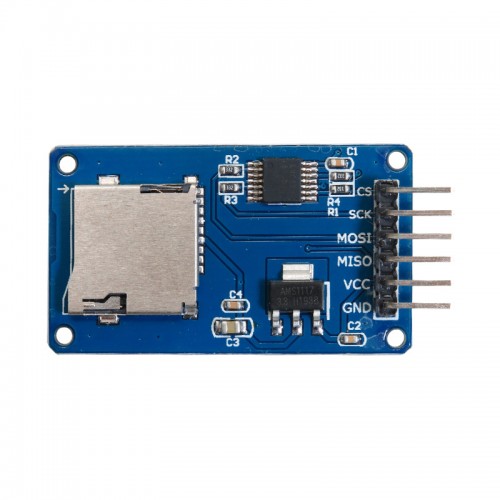
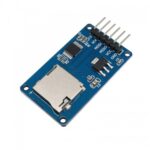
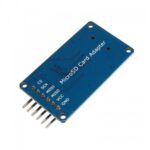

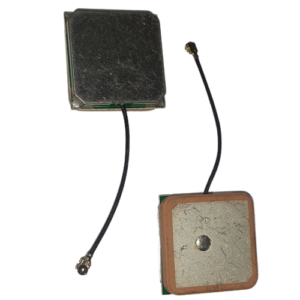
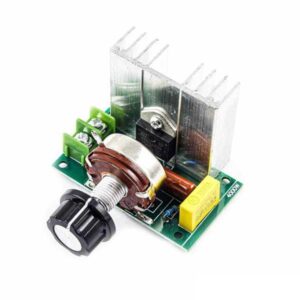
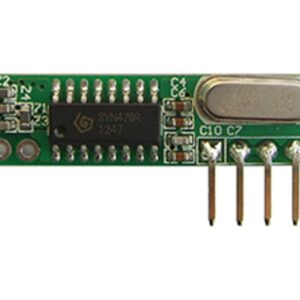

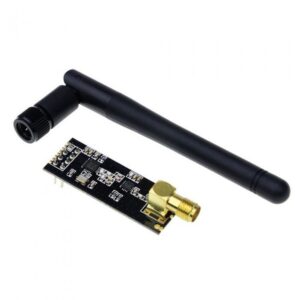
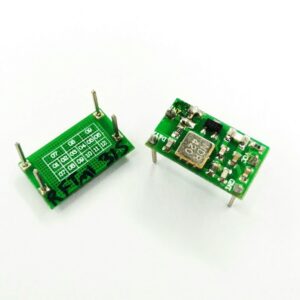

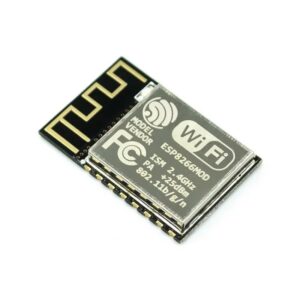

دیدگاهها
هیچ دیدگاهی برای این محصول نوشته نشده است.